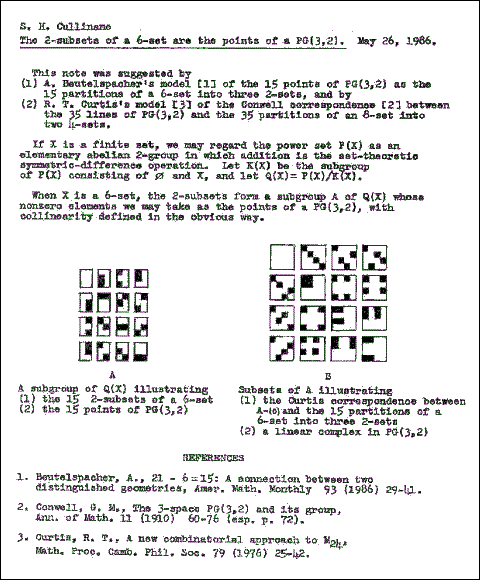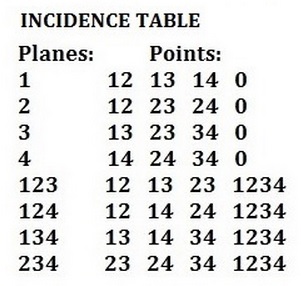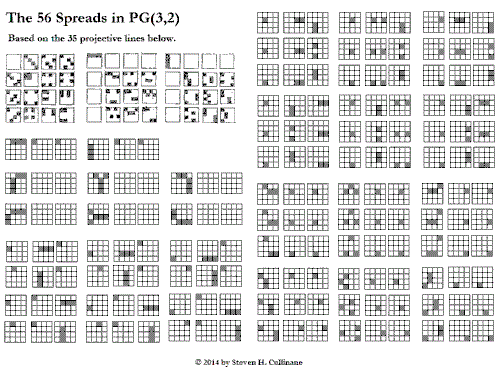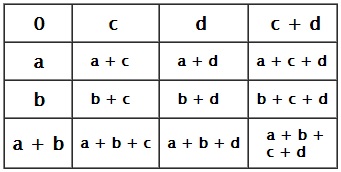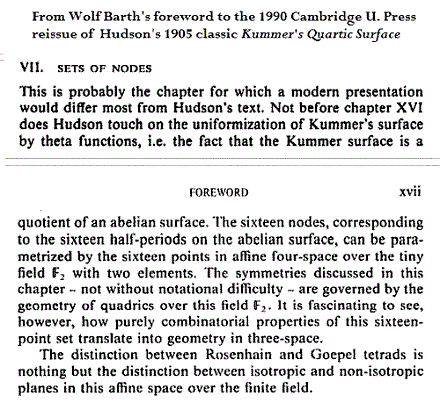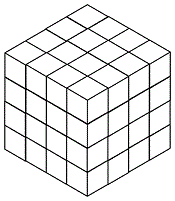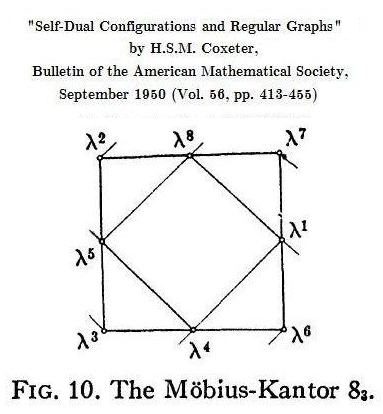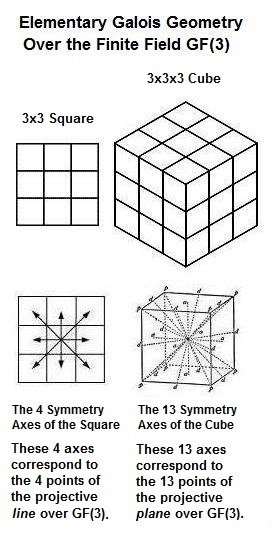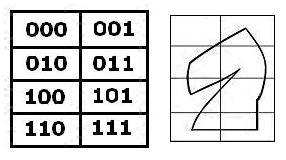From Ewan Birney's weblog today:
| WEDNESDAY, 23 JANUARY 2013
Using DNA as a digital archive media Today sees the publication in Nature of “Toward practical high-capacity low-maintenance storage of digital information in synthesised DNA,” a paper spearheaded by my colleague Nick Goldman and in which I played a major part, in particular in the germination of the idea. |
Birney appeared in Log24 on Dec. 30, 2012, quoted as follows:
"It is not often anyone will hear the phrase 'Galois field' and 'DNA' together…."
— Birney's weblog on July 3, 2012, "Galois and Sequencing."
Birney's widespread appearance in news articles today about the above Nature publication suggests a review of the "Galois-field"-"DNA" connection.
See, for instance, the following papers:
- Gail Rosen and Jeff Moore. "Investigation of Coding Structure in DNA," IEEE International Conference on Acoustics, Speech, and Signal Processing (ICASSP), Hong Kong, April 2003. [pdf]
- Gail Rosen. "Finding Near-Periodic DNA Regions using a Finite-Field Framework," 2nd IEEE Genomic Signal Processing Workshop (GENSIPS), Baltimore, MD, May 2004. [pdf]
- Gail Rosen. "Examining Coding Structure and Redundancy in DNA," IEEE Engineering in Medicine and Biology Magazine, Volume 25, Issue 1, January/February 2006. [pdf]
A Log24 post of Sept. 17, 2012, also mentions the phrases "Galois field" and "DNA" together.




















